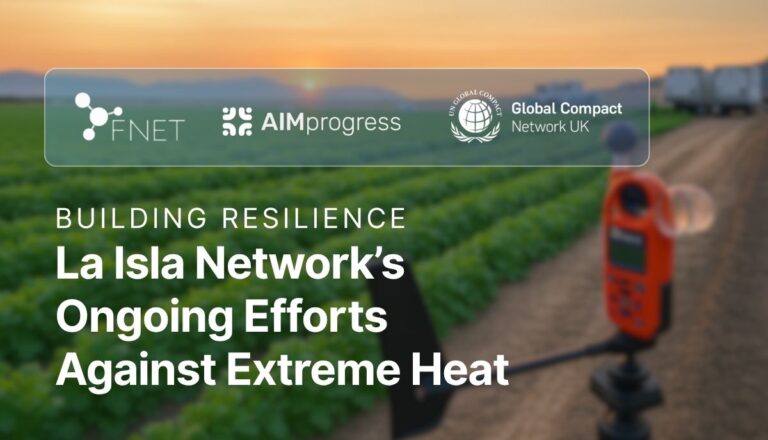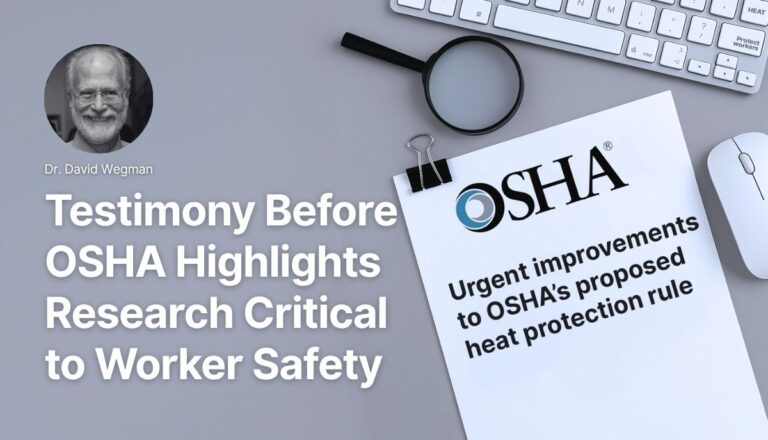New research published in the British Journal of Medicine Occupational and Environmental Medicine explores the relationship between creatinine and cystatin C based estimated glomerular filtration rate (eGFR) in actively working sugarcane cutters.
The study involved sugarcane workers at Ingenio San Antonio sugarcane mill, Nicaragua, the base of LIN’s Adelante Initiative. While LIN has already established that heat-stressed sugarcane cutters in Mesoamerica suffer from kidney injury during harvest and have high rates of chronic kidney disease, there remains a question whether measuring serum creatinine (i.e. measuring the amount of creatinine in the blood) in manual workers with high musculoskeletal loads may be limited by its dependence of muscle mass increase and muscle injury.
However, by looking at the relationship between creatinine and cystatin C (another biomarker of kidney injury) this study was able to clarify that both biomarkers were correlated in manual sugarcane workers during harvest, supporting that glomerular filtration rate (i.e. kidney function) decreased substantially over a harvest season.
Moreover, this study found that cane cutters had much lower estimated glomerular filtration rate (eGFR) based on cystatin C than eGFRs based on creatinine, raising not only the question about the validity of eGFR equations, but also whether the observed discrepancy may indicate pathophysiological changes affecting glomerular pore size.
This work suggests that other markers than creatinine for surveillance of kidney function and injury in heat-stressed workers at high risk of chronic kidney disease should be evaluated.








